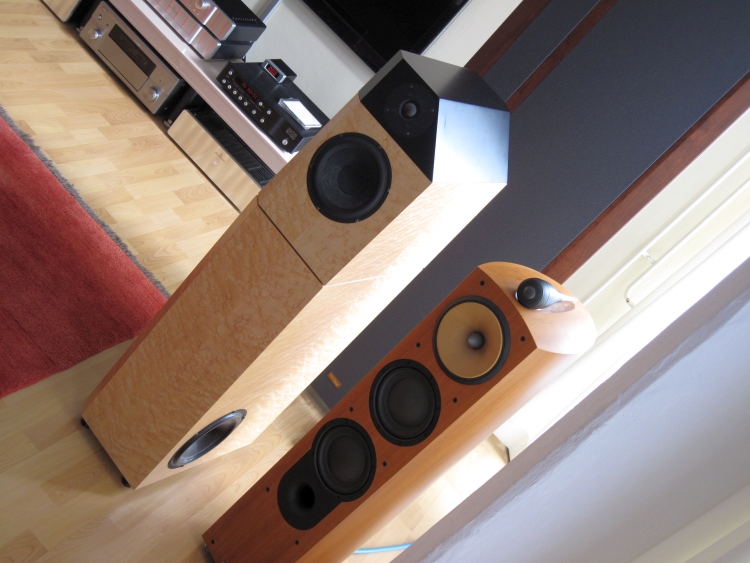
Apart from the obvious moving around of the speakers, there are various other variables to hooking up and installation of loudspeakers
Spikes, no feet or soft rubber feet
For starters, never underestimate how much spikes can do for the sound. Most people think of them as a nice cosmetic touch. But they’re more than that. There are many often heard reasons behind this, but I don’t always agree on how the effect is explained. “Decoupling” for example really isn’t possible, you’re always coupling your speakers to the floor, be it via elastic bands, rubber feet or hard metal spikes. Sound is still transferred, just altered by the different materials and their own different resonance points. That might only be a partial explanation, but the thing is, all methods do result in a different sound.
With spikes, you’re hard-coupling your speakers more firmly to the floor. This has the tendency to tighten up the bass, make it faster and give more speed to the overall sound. Compared to no spikes, or rubber feet, spikes also make the sound more controlled and possibly more dry, so you’re probably best off not using spikes if your sound is already very controlled. But most situations do call for spikes.
Soft materials like rubber or elastomers are really twofold in the effect they bring to the sound. When used under speakers their effect is arguably most clearly heard, better that is than under components. The plus side is that the high frequencies and the midband get more natural, more fluid and rounded. Sadly the downside is that the same goes for the bass: it gets wooly and rounded and loses some of its pace and attack. Unless your system is too clinical, most of the time this is not desirable.
Toe-in
This is also an often underestimated aspect of speaker placement. The more accurate (beamy) the speakers are, the more important this issue becomes. Whether you like them straight at your ears or more parallel is a matter of taste, but always try them in a series of positions starting with a straight forward position and toeing them in 1cm at a time at first, and at even smaller increments once you have found the position where the sound locks in. What you should be aiming at is the point where you still have a spacious and free-flowing sound, but voices and other centrally panned sounds just lock in. Go any further than this and the width of the soundstage will diminish and the sound can become forward or overly dry. At all times, be sure to experiment and make sure that the speakers are aligned in an exact mirror-like fashion. So make sure that the left speaker has the same toe in and distance as the right speaker. Paying attention to this really pays in the areas of focus, coherence and soundstage size.
Room modes / Standing Waves
A room mode is a certain frequency at which the room tends to amplify the sound due to a particular distance between two, or more walls. The interesting thing about room modes is that many people are unaware of them and find it unpleasant when they are gone. But once you are familiar with the detractive effect and have heard how good the sound can be without them, you’ll be forever spoiled. Think of headphone-bass, notice how all the bass tones in a bassline sound equally loud? Now play the same track on your home system. Chances are that some notes now stick out in a honky manner, while others are masked and seem to be suppressed. This is largely caused by room modes. Room modes can be combatted by means of a whole range of acoustic treatment products, such as bass traps. Don’t buy into the simple foam corner traps though, not even when made by known famous brands as these only attenuate higher frequencies. To damp the kind of low frequencies that bounce around between two or more walls you need volume and mass. Or smart (and often expensive) products such as tube traps or bass traps with a tuned membrane.
But there is also a lot that can be done with the placement of the speakers and the positioning of the listening seat. It is important to know that room modes have a peak as well as a valley, and sometimes the trick is simply to find the best spot to obtain the right balance. For instance, if your listening position is in the middle of the room, and there is a honky frequency in the bass because you are apparently listening in the place where the room mode is peaking, simply positioning the listening seat 50 centimeters to the rear can already work miracles.
Distance from the walls
The wall boundaries have a large influence on bass performance. Put speakers too close the side walls or back wall and you might get enormous emphasis on some frequencies. If you’re lucky, these frequencies are very low and you actually enhance your speakers’ bass performance, but more often they excite room modes that amplify precisely the wrong frequencies, those that sound boomy or honky. Even if the speaker position relative to the walls will affect the soundstaging, you should always optimize the bass performance first, and learn where the boundaries are. Once you know these, you know what the remaining playing field is for optimizing focus, soundstaging and overall openness of the sound.
Distance from the listening position
What happens if one speaker is further away from the listening position than the other, even if it’s only a centimeter, is that the bass becomes less controlled, less focused and tight and more woolly than when the speaker are totally aligned. 100% accurate alignment gives the tightest, most dynamic bass and attack. Do note: This does not necessarily give “most” bass, as inaccurate placement can make bass seem bigger and fuller when in fact it is slightly out of phase and therefore woolier. Sometimes a slight misplacement will actually give a more rewarding bass experience because it can be less dry than when the speakers are fully aligned. In that case, don’t worry and just enjoy the sound. Remember, separate from everything I speak of in these pages, it’s still a very personal experience!
Relative speaker position
Relative placement of one speaker to the other also matters quite a lot. That this is true for panel-speakers such as electrostatics or line sources such as long ribbon tweeters is probably known, but that it also matters for regular dynamic speakers is less well known. But it can be very worthwhile for the focus and stability of the soundstage, to carefully align the speakers such that the tweeters are at the same hight and vertically at the same angle.
Tilting
Tilt is the angle at which the speaker is relative to the floor. Some speakers are more sensitive to this than others. For example, electrostatic and magnetostatic “panel” speakers’ sound can be easily customized to taste by adjusting the tilting. There are no definite rules on this, and the result can differ per listening room. In my listening room, with Magnepan MG3.6R magnetostatic speakers, the sound becomes more forward, more agressive and subjectively more detailed when the speakers are tilted backward, ie leaning backward. When tilted forward, they sound more relaxed, get less aggressive and forward in the midrange and become airier in the treble. The same was true for my previous Martin Logan SL3 electrostatics, in a different room. But your results may vary. Just know that even small differences in tilt can make for large audible differences.
Fastening speaker units
This is something I first experienced with the B&W Nautilus 804’s. I bought them new but over the course of a few months, the sound became too relaxed, and the bass a little slow. When I tightened the screws that fasten the units to the cabinets, the bass greatly benefited! It became tighter, faster and subjectively more dynamic. I’ve had N804’s ever since and it turns out that their bass units need some re-tightening every now and then. Depending on how your units are attached, it can be important to be careful not to use too much force as this can damage the threading and actually cause a permanent looseness.
Swap left and right speaker
This might be surprising but just swapping the left and right speaker can make a difference. This is so because speakers are always slightly different from one another. It’s very difficult to make them exactly the same since you’re dealing with mechanical devices. Therefore, because rooms are most of the time also irregular, sometimes one speaker’s positive sides can work together with the room’s downsides and vice versa. That’s why you should experiment with this.
Biwire
Never mind at this stage whether biwiring is by definition better or not because opinions differ greatly on this subject. What really matters is that there really is an easily audible difference. If you have a biwire connection but are using single wire cable, just try it with another run of the same cable, or a biwire cable. You’ll find that biwiring enhances soundstage height, better separates low and high frequency bands and gives more air to instruments within the stage.
Please note: it’s very important for the bass and treble coherence and overall timing that you use the same cable (same make and model) on the low and on the high connections. Otherwise, you might get disjointed, out of time bass and/or forward highs.
Also, see the separate bi-wiring section
Bottom line
Just experiment, it’s free and it just might pay off!
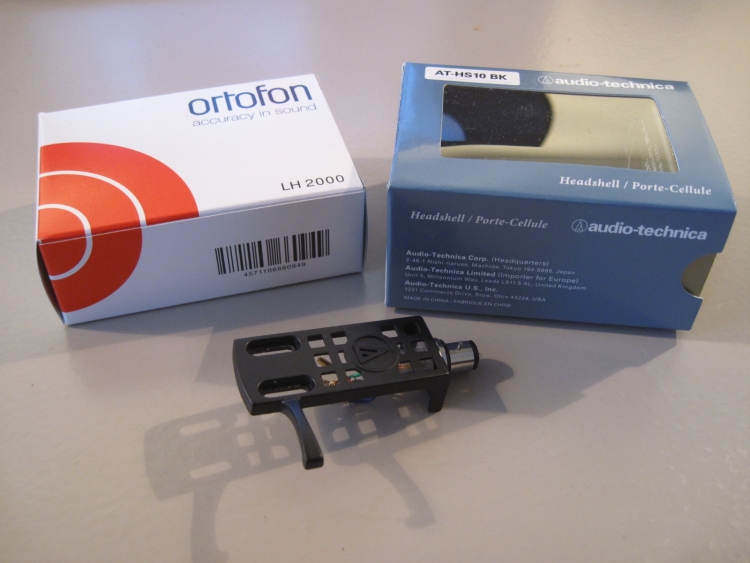
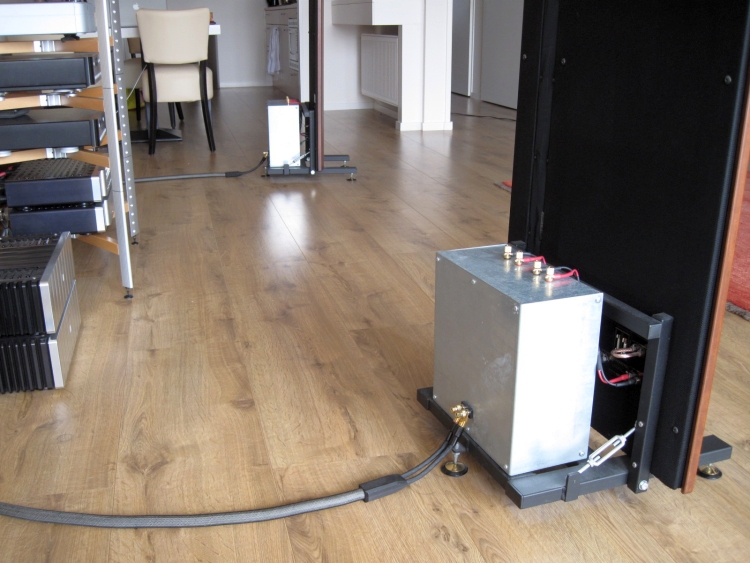
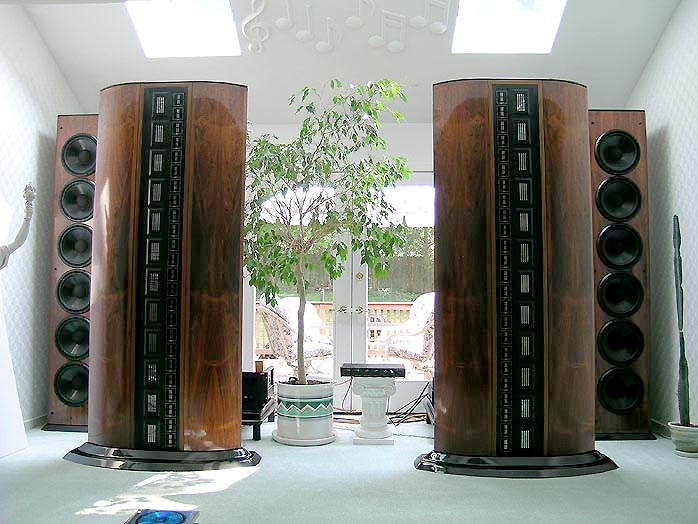
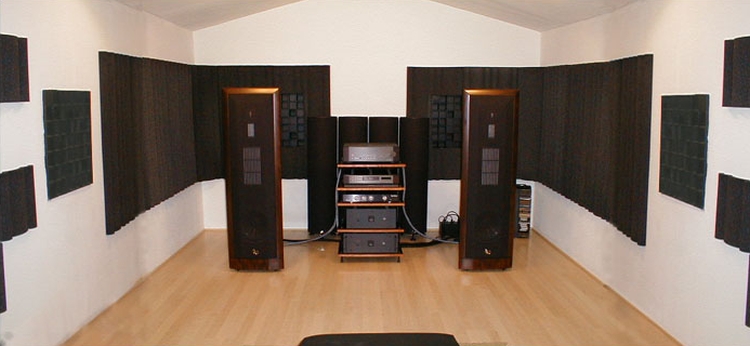
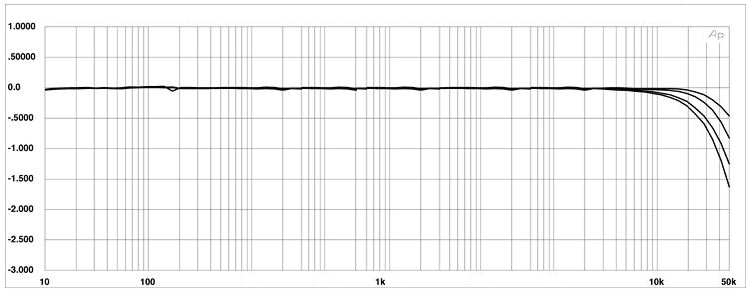
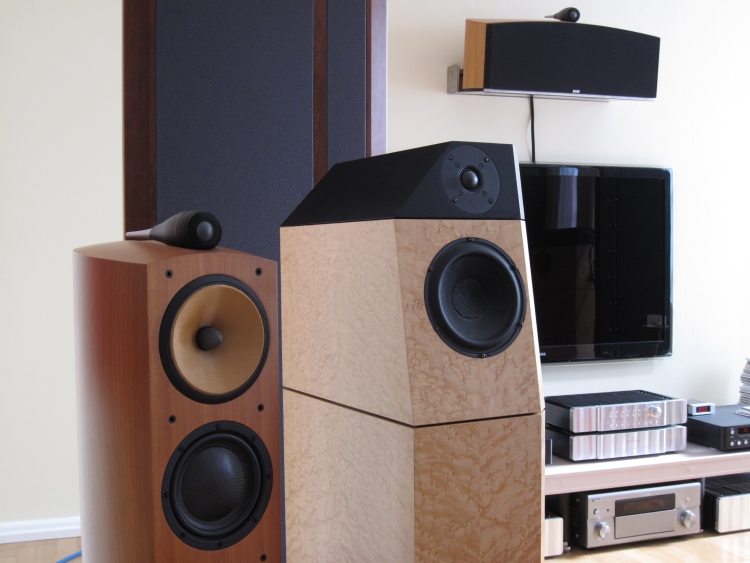

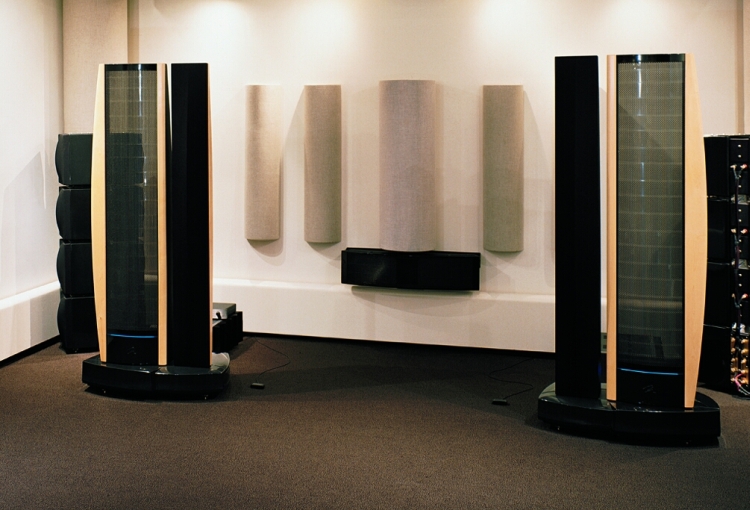
Hello Christiaan,
Many thanks for your kind efforts and all the plethora of information provided on your webpages.
I have the following question, since I read at the bottom of this page your “Please note:” paragraph. Did you mean the same cable length or the very same cable (same manufacturer and model of cable)?
As I was thinking of making a Mogami 2921 for the HF and then use a Mogami 3103 or 3104 for the LF side; therefore getting hopefully in bi-wiring the best from both worlds.
Many thanks in advance; stay safe!
Andreas
Indeed, I mean the same make and model. By all means, do experiment but note that “The best of both worlds” can quickly become “the worst of both worlds”.